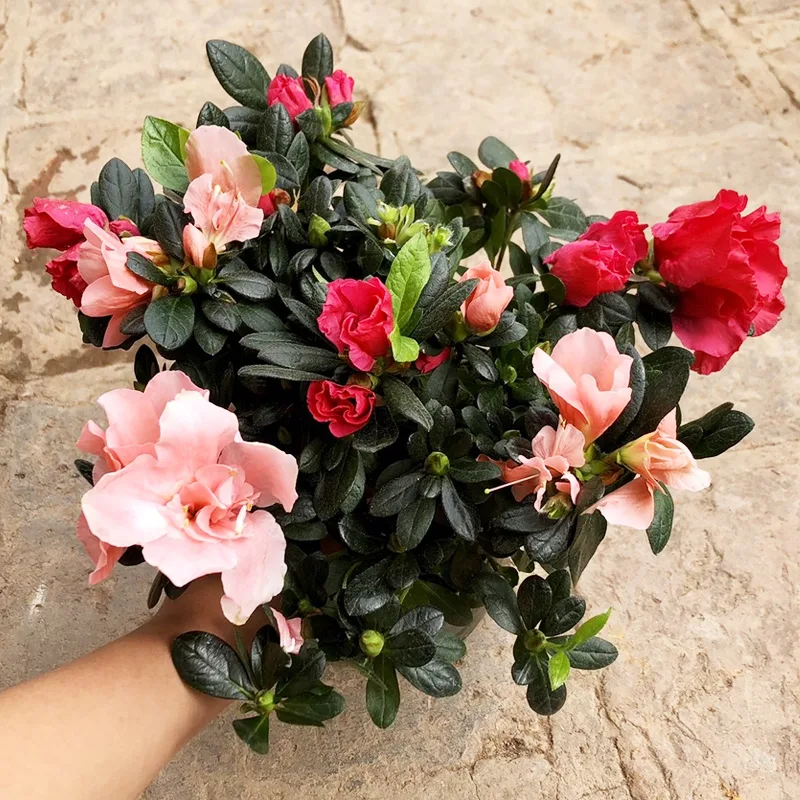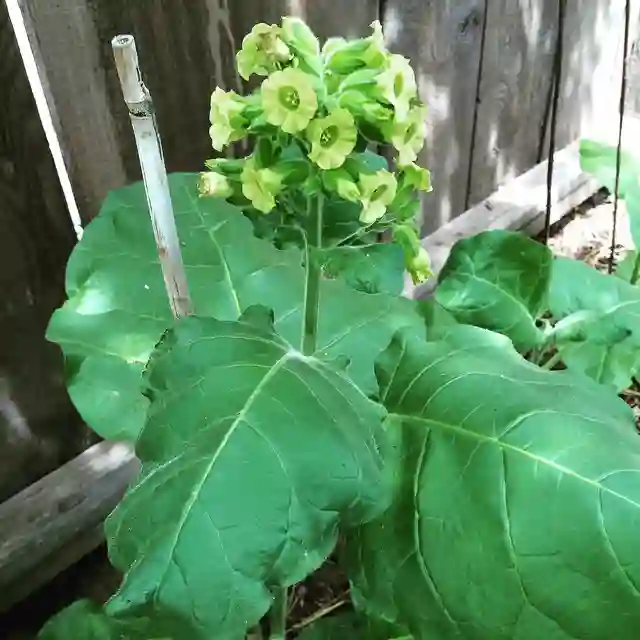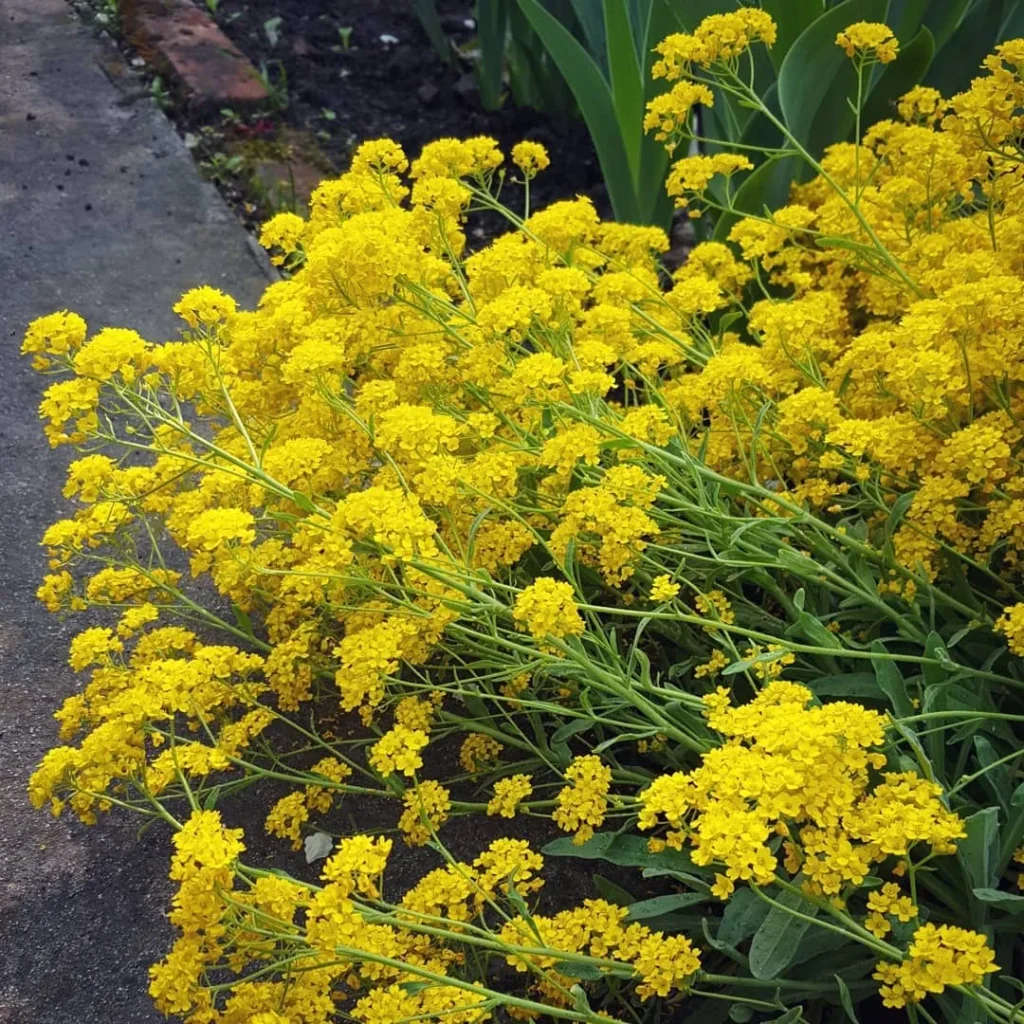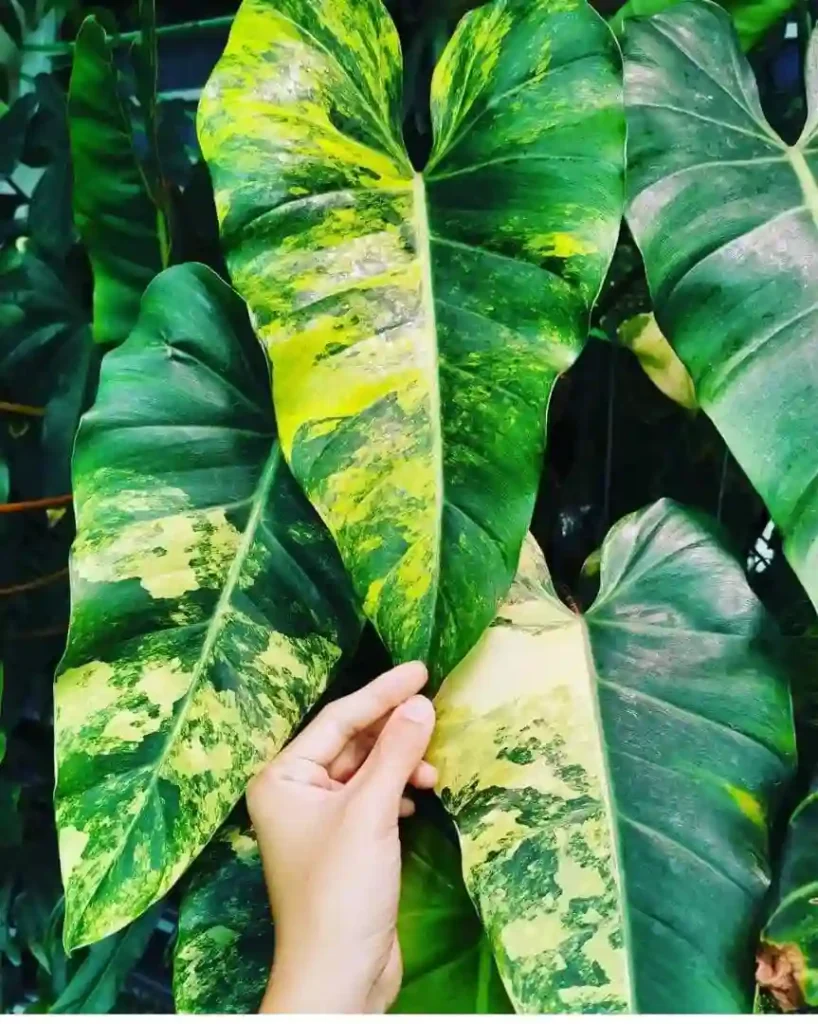FAQs About Gardenia Taitensis
As a plant enthusiast, I often get questions about Gardenia Taitensis, a beautiful plant known for its stunning white flowers and delightful fragrance. If you’re considering adding this plant to your collection or simply curious about it, I’ve compiled some frequently asked questions to help you get to know Gardenia Taitensis better.
126 Species in Genus Gardenia
What Is Gardenia Taitensis?
Gardenia Taitensis, commonly known as Tiare Gardenia, is a species native to the Pacific Islands, particularly Tahiti. It’s renowned for its glossy, dark green leaves and fragrant white flowers that bloom throughout the year. The flowers are a symbol of love and beauty in Polynesian culture, making this plant not just a visual delight but also culturally significant.
How to Care for Gardenia Taitensis?
Caring for Gardenia Taitensis can be a bit of a challenge, but with the right approach, it can thrive beautifully. Here are some key care tips:
- Light: Gardenia Taitensis loves bright, indirect sunlight. It can tolerate some direct sunlight but avoid harsh afternoon rays as they can scorch the leaves.
- Watering: Keep the soil consistently moist but not waterlogged. Overwatering can lead to root rot, so ensure the pot has good drainage.
- Humidity: This plant thrives in high humidity. If you’re growing it indoors, consider using a humidifier or placing a tray of water near the plant to maintain moisture levels.
- Temperature: Gardenia Taitensis prefers temperatures between 65-75°F (18-24°C). It does not tolerate frost, so protect it from cold drafts or sudden temperature changes.
- Soil: Use a well-draining potting mix with a slightly acidic to neutral pH. A mix designed for acid-loving plants works well.
- Fertilizing: Feed your Gardenia Taitensis with a balanced, water-soluble fertilizer every 4-6 weeks during the growing season. Reduce feeding in the winter when growth slows down.
How to Propagate Gardenia Taitensis?
Propagating Gardenia Taitensis is usually done through cuttings. Here’s a simple method:
- Select a Cutting: Choose a healthy stem with several leaves, ideally 4-6 inches long.
- Prepare the Cutting: Remove the lower leaves and dip the cut end in rooting hormone.
- Plant the Cutting: Insert the cutting into a pot filled with a mix of peat and perlite. Water lightly and cover with a plastic bag to maintain humidity.
- Rooting: Place the pot in a warm, bright location but out of direct sunlight. Keep the soil moist and roots should start forming in about 4-6 weeks.
- Transplant: Once the cutting has established roots, transplant it into a larger pot or into your garden.
What to Plant With Gardenia Taitensis?
Gardenia Taitensis pairs beautifully with other tropical plants that enjoy similar conditions. Consider companion plants like:
- Hibiscus: The vibrant blooms and similar care requirements make hibiscus a great partner.
- Bird of Paradise: Its striking foliage complements the glossy leaves of Gardenia Taitensis.
- Ferns: Add a lush, green backdrop that enhances the gardenia’s elegance.
Is Gardenia Taitensis Toxic?
Yes, Gardenia Taitensis is toxic if ingested. The plant contains compounds that can cause stomach upset, nausea, or vomiting in pets and humans. Keep it away from children and pets to avoid any accidental ingestion.
Benefits of Gardenia Taitensis
Besides its aesthetic appeal, Gardenia Taitensis has several benefits:
- Fragrance: Its sweet, floral scent is often used in perfumes and aromatherapy.
- Cultural Significance: In Polynesian culture, the Tiare flower symbolizes beauty, purity, and love.
- Air Purification: Like many houseplants, it helps improve indoor air quality by filtering out toxins.
Common Problems with Gardenia Taitensis
Gardenia Taitensis can face a few issues, which include:
- Yellowing Leaves: This can be a sign of overwatering or poor drainage. Adjust watering practices and ensure the pot has good drainage.
- Pests: Watch out for aphids, spider mites, and whiteflies. Treat infestations promptly with insecticidal soap or neem oil.
- Poor Blooming: This can be due to inadequate light, incorrect soil pH, or nutrient deficiencies. Ensure proper care and adjust conditions as needed.
Compare with Other Similar Plants
Gardenia Taitensis vs. Gardenia Jasminoides: While both are gardenias, Gardenia Jasminoides is more commonly grown indoors and has a similar fragrance and appearance. However, Gardenia Jasminoides tends to be less tolerant of high humidity compared to Gardenia Taitensis.
Gardenia Taitensis vs. Plumeria: Plumeria, or frangipani, also features fragrant flowers but is a succulent shrub, unlike the evergreen Gardenia Taitensis. Plumeria needs less humidity and prefers warmer, drier conditions.
In conclusion, Gardenia Taitensis is a stunning and culturally significant plant that requires specific care to thrive. By understanding its needs and potential issues, you can enjoy its beauty and fragrance for years to come.
If i die, water my plants!



